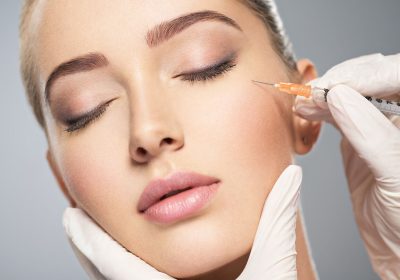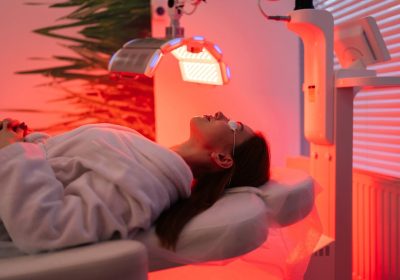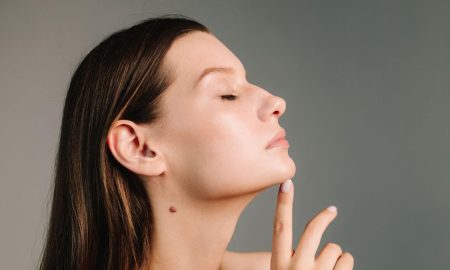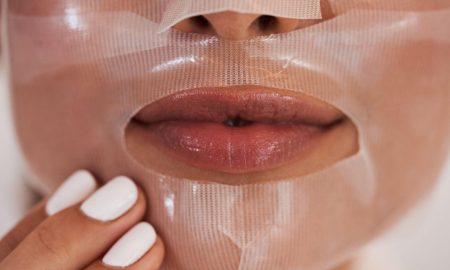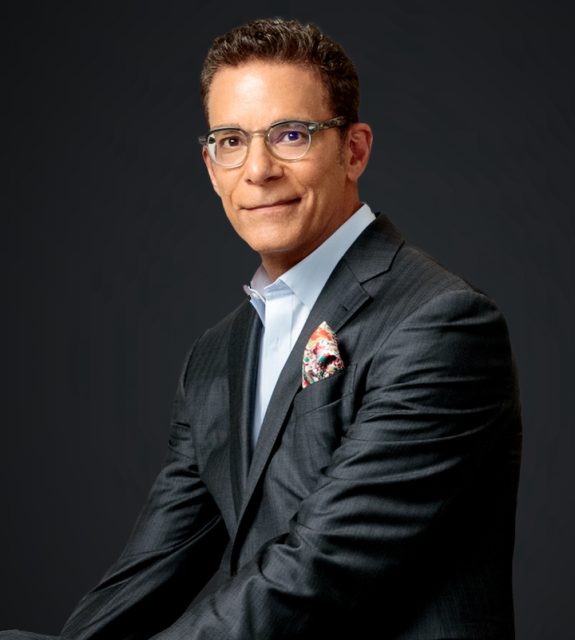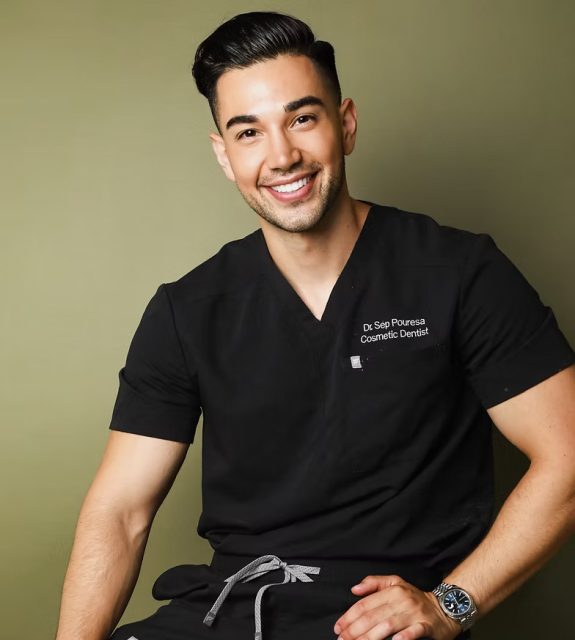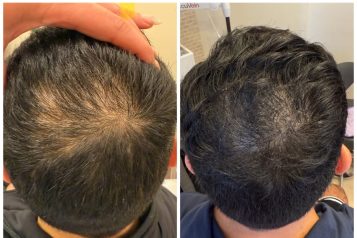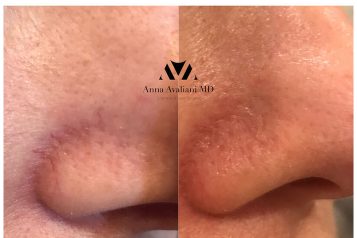Blepharoplasty, commonly known as eyelid surgery, has become a popular procedure for rejuvenating the appearance of the eyes by removing excess skin, fat, or muscle. However, Dr. Nirmal Nathan frequently performs blepharoplasty on patients aged 40 and older. Why is this procedure more common in this age group, and why might younger individuals seek non-surgical alternatives?
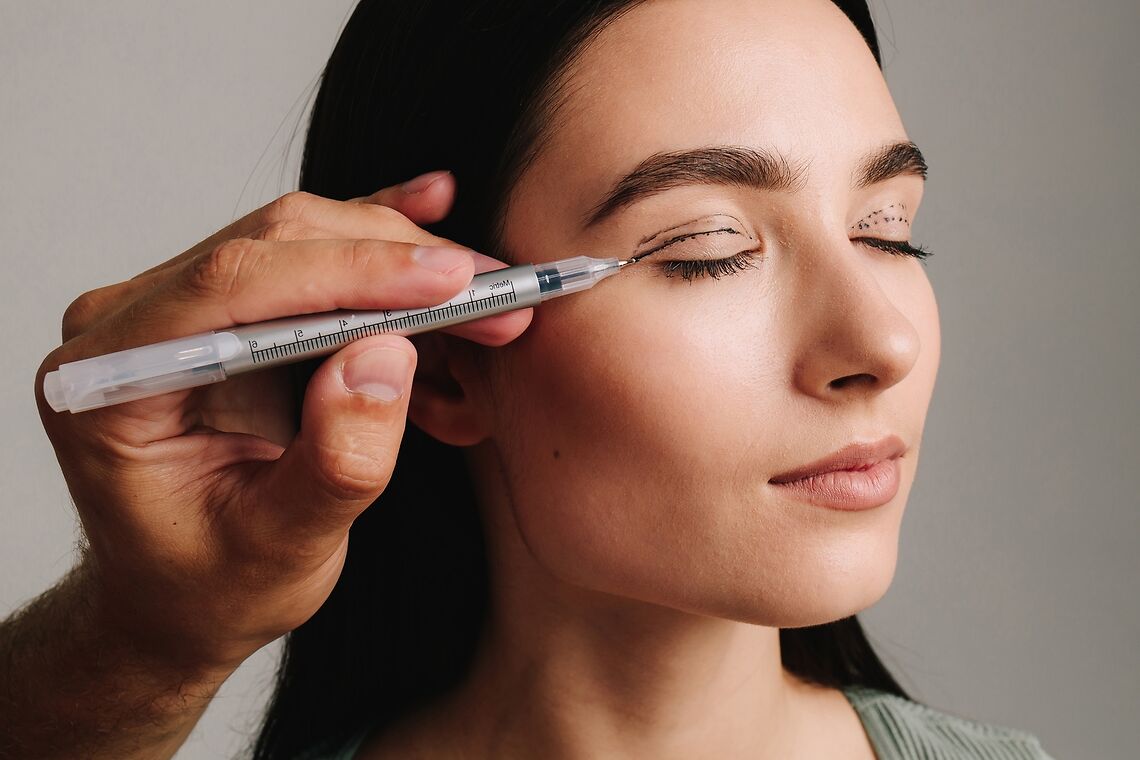 Photo Credit: Courtesy of Rabizo Anatolii/Shutterstock
Photo Credit: Courtesy of Rabizo Anatolii/Shutterstock
Why Older Patients Opt for Blepharoplasty
As we age, the skin loses elasticity, and the muscles surrounding the eyes begin to weaken. This leads to sagging eyelids, puffiness, and the appearance of excess skin, which can make a person look tired or even obstruct their vision. For individuals over 40, these signs of aging are more pronounced, making blepharoplasty an ideal solution for restoring a youthful, refreshed look.
Dr. Nathan emphasizes that for many patients in this age group, blepharoplasty offers a long-lasting solution by addressing structural changes in the eyelids that non-surgical treatments cannot fully resolve. The removal of excess skin and fat, along with tightening the muscles, helps to create a more permanent improvement.
Why Not Younger Patients?
For younger patients, who often face different cosmetic concerns, surgery may not be the best first line of treatment. Many individuals in their 20s and 30s experience minor puffiness or dark circles under the eyes, often due to genetics, stress, or lifestyle factors. These concerns can frequently be managed with less invasive options.
According to Dr. Nathan, younger patients often achieve excellent results using fillers and neuromodulators.
- Fillers can be used to add volume and smooth out the hollow areas around the eyes, such as tear troughs, reducing the appearance of dark circles or mild under-eye bags.
- Neuromodulators like Botox or Jeuveau can help relax the muscles around the eyes, reducing fine lines and wrinkles without the need for surgery.
By using these non-surgical treatments, younger patients can achieve noticeable improvements without the downtime, risks, and costs associated with surgery. These treatments are also customizable and can be adjusted over time as the patient’s needs evolve.
View this post on Instagram
When Is Blepharoplasty Appropriate for Younger Patients?
Though fillers and neuromodulators are often preferred for younger individuals, there are exceptions. For those who have significant hereditary puffiness or sagging eyelids even at a young age, blepharoplasty may still be an appropriate option. Dr. Nathan evaluates each case individually, ensuring the treatment aligns with the patient’s anatomy and goals.
Blepharoplasty remains a go-to solution for individuals over 40 who seek long-lasting eyelid rejuvenation. However, younger patients have an array of non-surgical options that can deliver excellent results without surgery. Dr. Nathan’s approach ensures that patients receive treatments tailored to their unique needs, whether through surgery or minimally invasive alternatives.
For more information, visit Dr. Nirmal Nathan's social media:


